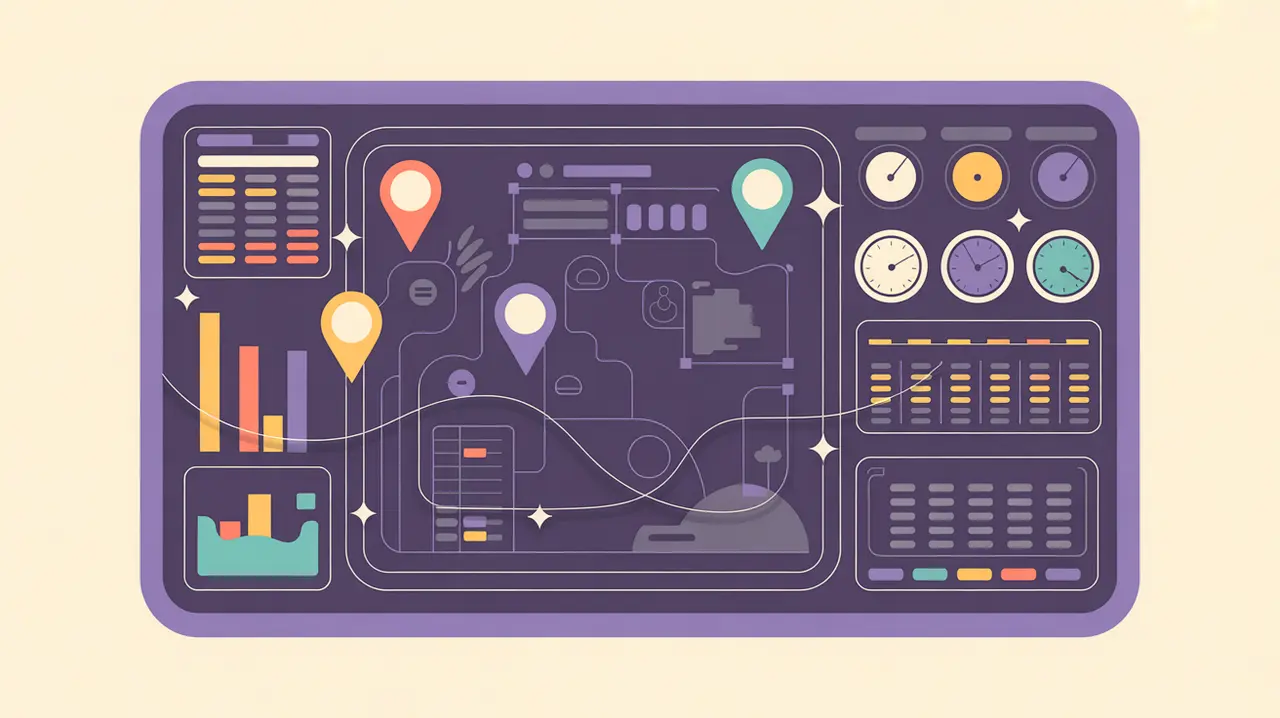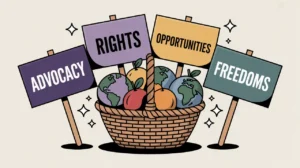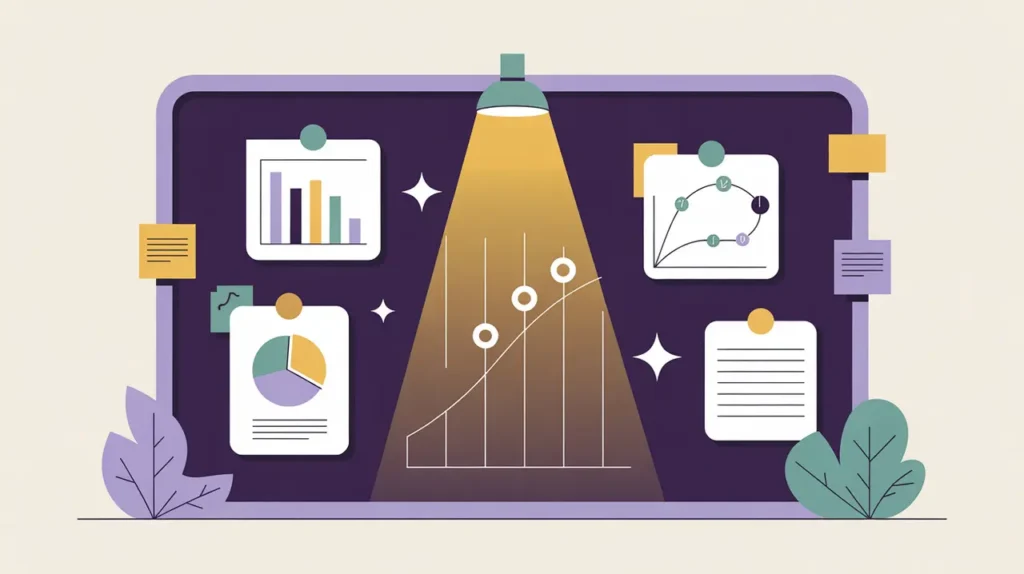What Does Program Monitoring Involve?
Program monitoring is the continuous process of tracking a program’s activities, resources, and outputs against the plan. Unlike evaluation, which looks back to assess outcomes, monitoring happens in real time, providing managers with the information needed to steer programs as they unfold. It answers questions such as: Are activities happening on schedule? Are resources being used as intended? Are participants being reached as planned?
Monitoring is not only about compliance but about learning. It provides early warnings when things are off track and highlights opportunities for improvement. Effective monitoring requires reliable systems, accurate data collection, and timely analysis. It ensures accountability to donors, partners, and communities, while also equipping program teams to adapt quickly.
Without monitoring, programs risk drifting from their goals, wasting resources, or missing early signs of failure. With strong monitoring, staff can make informed adjustments, demonstrate transparency, and build a credible evidence base for later evaluation.
What Competencies are Associated with this Role?
Program monitoring requires precision in data handling and clarity in communication. Key competencies include:
- Designing monitoring frameworks linked to program objectives
- Developing and managing data collection tools and schedules
- Training staff and partners in consistent data collection methods
- Recording and validating participation, attendance, and resource use
- Building and maintaining monitoring dashboards
- Identifying gaps, risks, and anomalies in real time
- Communicating monitoring findings to program teams and leadership
- Ensuring compliance with donor and safeguarding requirements
- Coordinating with MEL staff to align monitoring with evaluation needs
- Documenting corrective actions and lessons learned
How Might AI and Automation Help this Role?
AI and automation can transform monitoring from manual reporting to dynamic, real-time insight. Opportunities include:
- Mobile data collection apps with automatic syncing
- AI-assisted data cleaning and anomaly detection
- Automated dashboards that update instantly as data arrives
- Predictive analytics to flag risks such as dropouts or delays
- Natural language processing for monitoring qualitative feedback
- Chatbots for participant reporting and rapid feedback loops
- Automated reminders to staff and participants for timely data entry
- AI-powered compliance checks against donor requirements
What are the Roles by Experience Level?
Monitoring roles span from frontline data collectors to strategic MEL leads:
- Entry: Data Clerk, Monitoring Assistant – collect and enter data, maintain records, support dashboard updates
- Mid: Monitoring Officer, Data Analyst – design tools, oversee data collection, analyze trends, prepare reports
- Senior: Monitoring Manager, MEL Lead – manage systems, ensure data quality, communicate insights to leadership
- Executive: Chief Impact Officer, Director of Programs – integrate monitoring into strategic decisions, represent accountability to funders and boards
How Transferable are the Skills from this Role?
Monitoring skills are transferable to any field that requires tracking performance and ensuring accountability. Within nonprofits, they lead into evaluation, program management, and operations. Beyond nonprofits, they map onto roles in business intelligence, quality assurance, and project management. Monitoring develops competencies in data analysis, reporting, and systems management, all of which are in demand across industries. Professionals trained in monitoring learn to think in terms of evidence, metrics, and continuous improvement, making them adaptable contributors in diverse settings.







